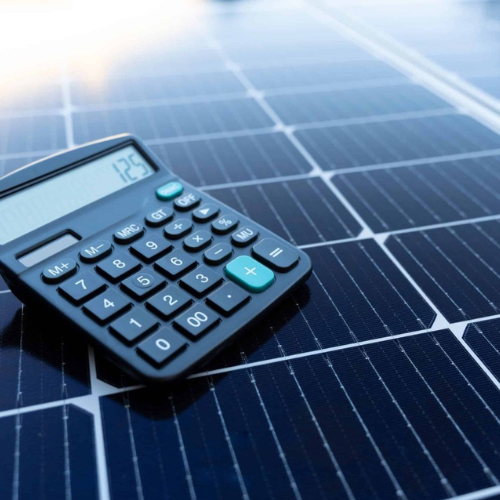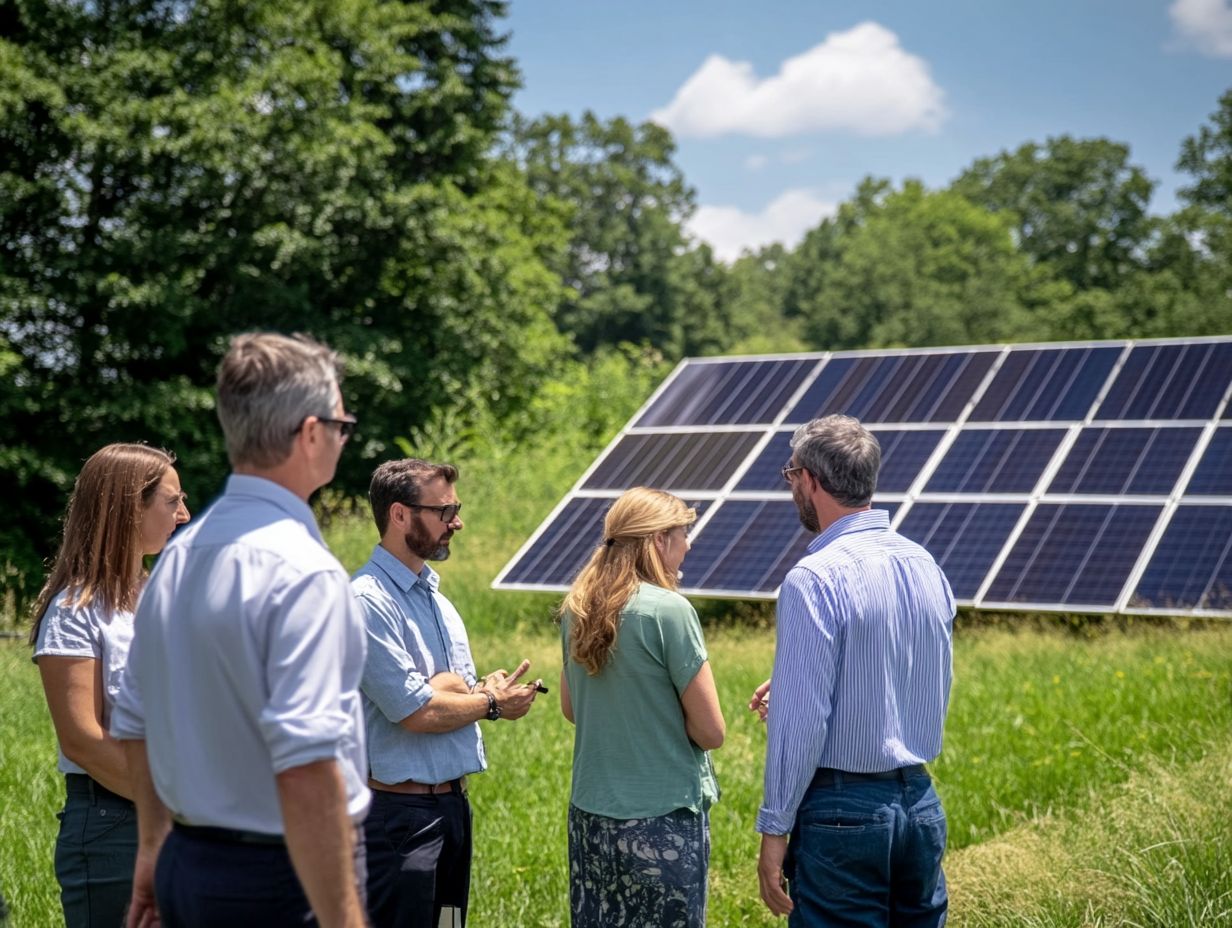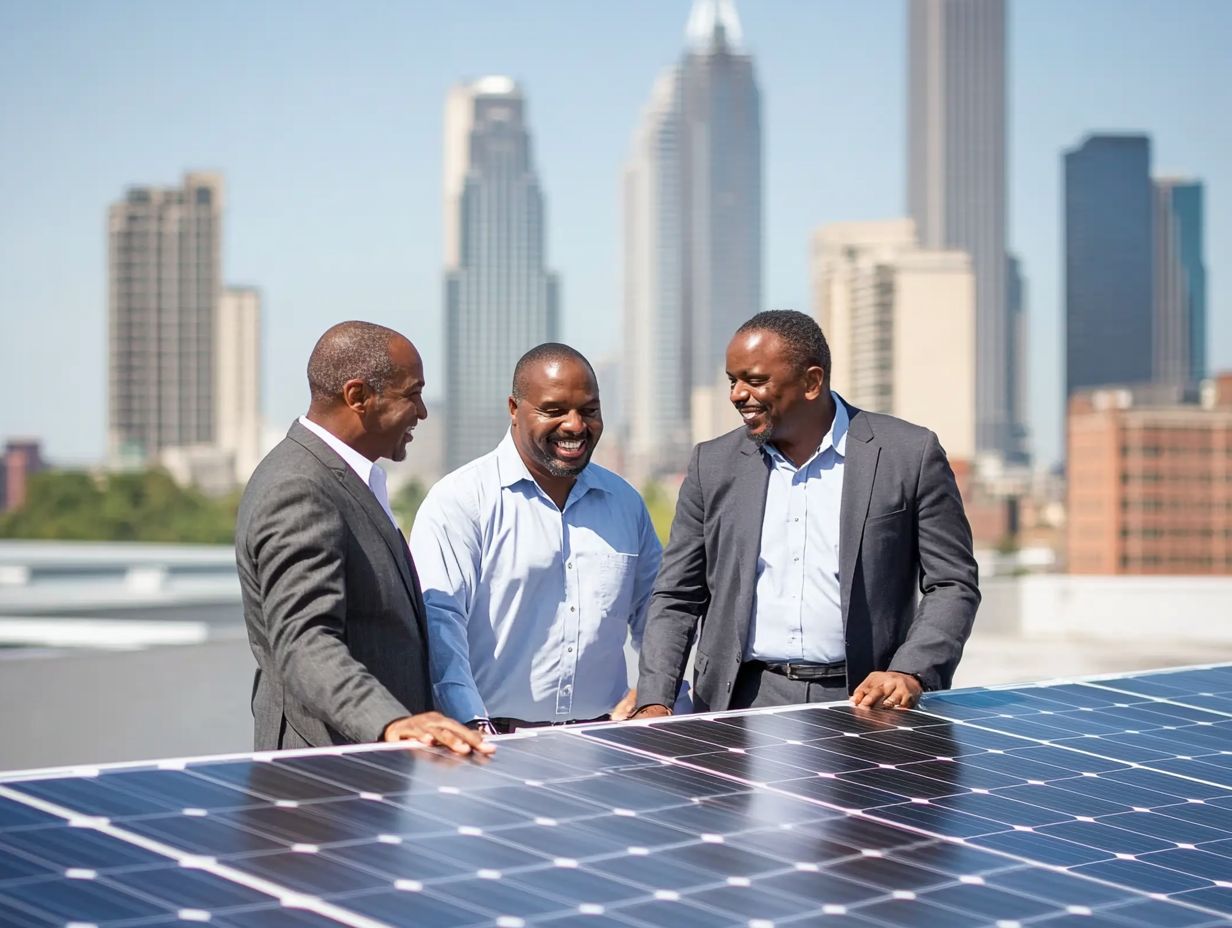Contents
Curved solar panels represent a fascinating intersection of engineering and renewable energy technology. Unlike traditional flat panels, these innovative designs utilize a three-dimensional surface to capture sunlight from multiple angles throughout the day. The science behind this curvature lies in the principles of optics and light absorption.
When sunlight strikes a flat surface, only a portion of the light is absorbed effectively, while the rest may be reflected away or missed entirely. Curved panels, on the other hand, can optimize the angle of incidence, allowing for a greater surface area to interact with sunlight. The materials used in curved solar panels also play a crucial role in their efficiency.
Advanced photovoltaic cells are often employed, which can convert sunlight into electricity more effectively than older technologies. These cells are designed to work optimally at various angles, ensuring that even when the sun is low in the sky, the panels can still capture significant amounts of energy. This adaptability is particularly beneficial in regions where sunlight varies dramatically throughout the year, making curved solar panels a versatile option for diverse climates. Get your free solar assessment by visiting https://www.solarenergy4u.org/free-pro-advice/.
Key Takeaways
- Curved solar panels are designed to capture more sunlight throughout the day, increasing energy production compared to flat panels.
- The curved shape allows for better light absorption and reflection, leading to higher energy output and efficiency.
- Curved panels maximize solar energy by tracking the sun’s movement and capturing sunlight from multiple angles.
- When considering design and installation, it’s important to account for the curvature and angle of the panels to optimize energy production.
- While curved panels may have a higher upfront cost, their increased efficiency and energy output can result in long-term cost savings and environmental benefits.
Advantages of Curved Solar Panels
One of the most significant advantages of curved solar panels is their ability to harness more solar energy compared to their flat counterparts. By capturing sunlight from multiple angles, these panels can generate electricity even during overcast days or when the sun is at a low angle. This increased efficiency can lead to higher energy output over time, making them an attractive option for homeowners and businesses looking to maximize their renewable energy investments.
In addition to their energy efficiency, curved solar panels often boast enhanced aesthetic appeal. Their sleek, modern design can complement contemporary architecture, making them an attractive choice for those who prioritize both functionality and style. This visual appeal can also play a role in increasing property values, as homes and buildings equipped with aesthetically pleasing solar solutions may attract more buyers.
Furthermore, the unique design of curved panels can allow for more flexible installation options, enabling them to be integrated into various structures without compromising their visual integrity.
How Curved Panels Maximize Solar Energy

Curved solar panels maximize solar energy through their unique ability to track the sun’s movement more effectively than flat panels. As the sun traverses the sky, its angle changes continuously, and flat panels can only capture sunlight efficiently during specific times of the day. In contrast, curved panels can maintain an optimal angle relative to the sun’s position, allowing them to absorb more light throughout the day.
This capability is particularly advantageous in locations with high solar potential, where maximizing energy capture is essential for achieving energy independence. Moreover, the design of curved solar panels often incorporates advanced tracking systems that further enhance their efficiency. These systems can automatically adjust the panel’s orientation to follow the sun’s path, ensuring that they remain aligned for maximum exposure.
By combining curvature with tracking technology, these panels can significantly increase energy production compared to traditional flat designs. This synergy between design and technology not only boosts efficiency but also contributes to a more sustainable energy future.
Design and Installation Considerations
| Consideration | Metrics |
|---|---|
| Design Efficiency | Energy consumption, material usage |
| Installation Cost | Labor hours, equipment cost |
| Space Utilization | Area coverage, layout optimization |
| Environmental Impact | Carbon footprint, waste generation |
When considering the design and installation of curved solar panels, several factors come into play that can influence their effectiveness and practicality. First and foremost is the structural integrity of the building or location where they will be installed. Curved panels may require specialized mounting systems that can accommodate their unique shape and ensure they remain securely in place under various weather conditions.
It’s essential to work with experienced professionals who understand these requirements to ensure a successful installation. Another critical consideration is the orientation and tilt of the panels. While curved designs inherently offer some advantages in capturing sunlight, optimizing their placement is still vital for achieving maximum efficiency.
Factors such as local climate, shading from nearby structures or trees, and seasonal variations in sunlight should all be taken into account during the planning phase. By carefully analyzing these elements, you can ensure that your curved solar panels are positioned for optimal performance throughout the year.
Cost and Efficiency Comparison with Flat Panels
When evaluating the cost and efficiency of curved solar panels compared to flat ones, it’s essential to consider both initial investment and long-term returns. While curved panels may have a higher upfront cost due to their advanced technology and design complexities, their increased efficiency can lead to greater energy savings over time. In many cases, this means that although you might pay more initially, you could recoup your investment faster through lower energy bills and potential incentives for renewable energy use.
Efficiency ratings also play a crucial role in this comparison. Curved solar panels often boast higher efficiency ratings than traditional flat panels due to their ability to capture sunlight from various angles. This means that even if you have fewer square feet of curved panels installed compared to flat ones, you may still generate more electricity overall.
As you weigh your options, consider not just the purchase price but also how much energy each type of panel is likely to produce over its lifespan.
Case Studies of Successful Implementation

Commercial Buildings
A commercial building in an urban area installed curved solar panels on its rooftop as part of a sustainability initiative. The building’s owners reported a significant increase in energy production compared to traditional flat panels previously used on similar structures. This success not only reduced their operational costs but also enhanced their reputation as an environmentally conscious business.
Residential Communities
Another notable example comes from a residential community that opted for curved solar panels as part of its green building strategy. Homeowners found that these innovative designs not only provided substantial energy savings but also added an attractive architectural element to their homes.
Increased Property Values
The community’s commitment to sustainability attracted attention from potential buyers, leading to increased property values and interest in eco-friendly living solutions.
Environmental and Aesthetic Benefits
The environmental benefits of curved solar panels extend beyond mere energy production; they contribute significantly to reducing carbon footprints and promoting sustainable living practices. By harnessing solar energy more efficiently, these panels help decrease reliance on fossil fuels and lower greenhouse gas emissions. This shift towards renewable energy sources is crucial in combating climate change and fostering a healthier planet for future generations.
Aesthetically, curved solar panels offer a modern touch that can enhance the visual appeal of any structure. Their sleek lines and innovative designs can seamlessly integrate into various architectural styles, making them an attractive option for homeowners and businesses alike. This combination of environmental responsibility and aesthetic value creates a compelling case for adopting curved solar technology as part of broader sustainability efforts.
The Future of Curved Solar Panel Technology
As technology continues to advance, the future of curved solar panel technology looks promising. Ongoing research and development efforts aim to improve efficiency further while reducing manufacturing costs. Innovations such as lightweight materials and enhanced photovoltaic cell designs are expected to make curved panels even more accessible and effective in capturing solar energy.
Moreover, as public awareness of renewable energy grows, demand for aesthetically pleasing and efficient solutions like curved solar panels is likely to increase. This trend could lead to more widespread adoption across residential, commercial, and industrial sectors. As you consider your options for renewable energy solutions, keep an eye on the evolving landscape of curved solar technology; it may very well shape the future of sustainable energy generation in ways we are just beginning to understand.
Curved solar panels are a fascinating innovation in the world of renewable energy. These panels are designed to capture sunlight more efficiently by following the path of the sun throughout the day. This technology is revolutionizing the solar energy industry, making it more accessible and sustainable. For more information on how solar panels work, check out this informative article on solarenergy4u.org.
FAQs
What are curved solar panels?
Curved solar panels are solar panels that have a curved or arched shape, as opposed to the traditional flat design. This curved shape allows the panels to capture sunlight from a wider range of angles throughout the day.
How do curved solar panels work?
Curved solar panels work in the same way as traditional flat solar panels. They are made up of photovoltaic cells that convert sunlight into electricity. The curved shape allows the panels to capture sunlight from different angles, increasing their overall efficiency.
What are the advantages of curved solar panels?
Curved solar panels have several advantages, including increased energy production due to their ability to capture sunlight from a wider range of angles. They also have a sleek and modern aesthetic, making them a popular choice for architectural integration.
Are curved solar panels more expensive than traditional flat panels?
Curved solar panels can be more expensive than traditional flat panels due to their specialized design and manufacturing process. However, their increased energy production and aesthetic appeal may make them a worthwhile investment for certain applications.
Where are curved solar panels commonly used?
Curved solar panels are commonly used in architectural applications, such as building-integrated photovoltaics (BIPV), where they can be seamlessly integrated into the design of a building. They are also used in solar canopies, carports, and other structures where their curved shape can provide both energy production and aesthetic value.








